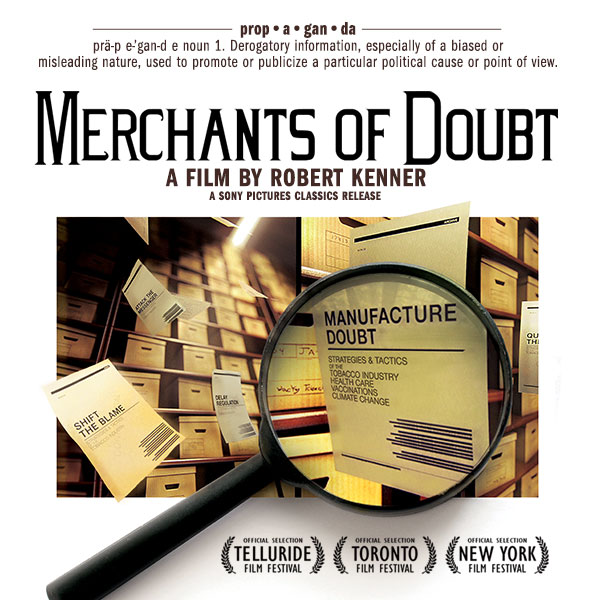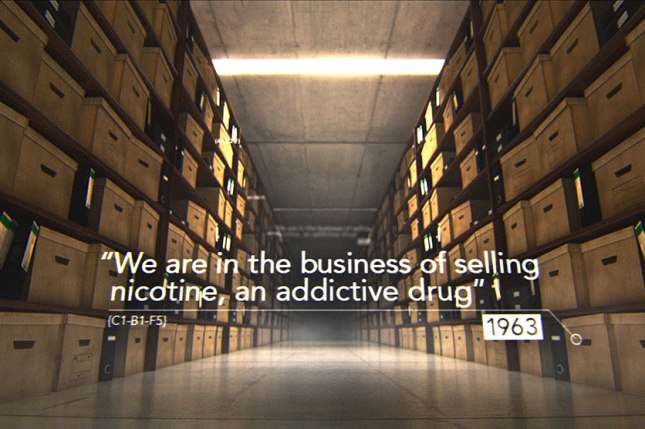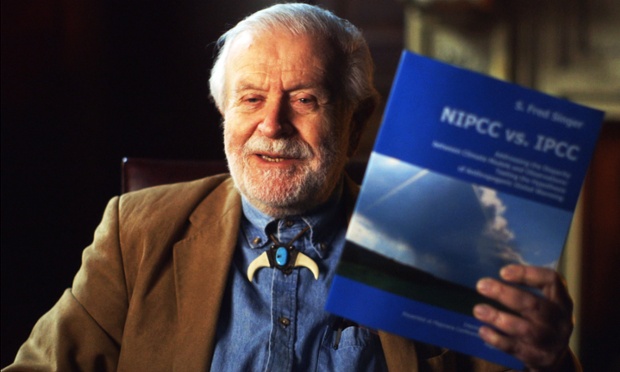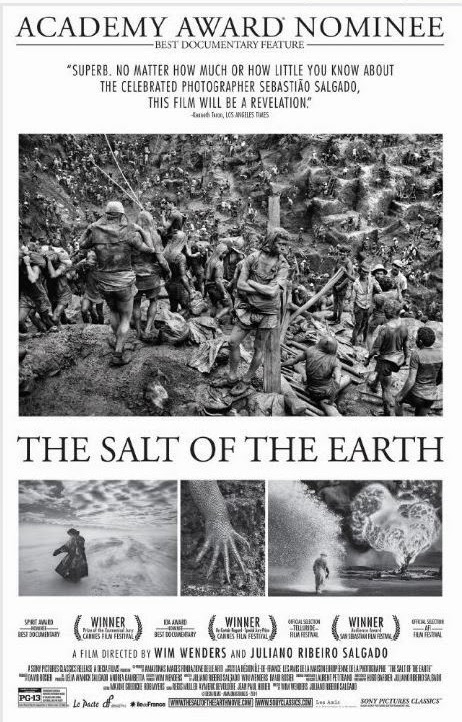
My last weekend as a Milwaukee resident meant a Saturday afternoon at the Downer Theatre for a double feature. First I saw the documentary The Salt of the Earth by one of my favorite German new wave filmmakers, Wim Wenders (Paris, Texas; Tokyo-Ga, Wings of Desire) along with co-director Juliano Ribeiro Salgado (the son of the documentary’s subject). Like Werner Herzog, Wenders inserts himself into the documentary to give it his signature, but still be completely devoted to the subject. The film was about Brazilian photographer Sebastiao Salgado. Prior to learning about this documentary I didn’t know about this photographers work, which is a real shame because it’s the sort of thing I really enjoy. His photos reminded me of the documentaries of Godfrey Reggio with the Koyannisqatsi trilogy and Ron Fricke with Baraka and Samsara. Salgado really focuses on the plight of the human condition, those in impoverished areas, those suffering from starvation and from war. The black and white photography is so stark and painful, but beautiful it’s hard to put into words.

Salgado was a classically trained economist of the Marxist bent in the late 60s, but as fate would have it his wife bought him a camera and he never looked back. It’s this direct line from leftist politics to photos of humans affected by poverty and from post-colonial wars that make his photos so meaningful. The documentary itself is slow and quiet lingering on photos and on the life of the man behind the lens. The film never delves too deep into the social issues presented, but is content to focus on the aesthetics and the meaning, rather than the damning implications it has of modern society. So then when the documentary shifts focus about two-thirds the way through it’s very welcome that it becomes more hopeful and about change, rather than the sorrow that is shown in the early portion.

Salgado had a shift in his career towards nature photography around the time his wife began a foundation that replanted much of the lost rain forest near his childhood farm. They literally brought the rain forest back to a barren over farmed area of Brazil. It was because of this he decided to photograph landscapes and animals, a colossal shift from his previous works but it seems so natural after the fact. I won’t discuss the film itself much more, suffice to say if you enjoy black and white cinematography and a good biographical documentary you’ll come away from this very pleased. I’ll just leave you with some more photos of Salgado’s and move on to my next movie.



Next up was Ex Machina, and it’s very easy to proclaim this my favorite movie of the year so far. It’s from the writer of 28 Days Later, Alex Garland, and you can definitely feel that film’s influence. He also wrote the screenplay for Never Let Me Go, which his similar themes and is a spiritual companion to this film. There have been plenty of movies about artificial intelligence, but few have treated their audience with such intelligence as this. That’s not to say the film gets too bogged down in technical jargon and hard science, but rather it focuses on the deep philosophical implications that eventual artificial intelligence brings. Spoiler: it was very, very encouraging to see a film about robots that don’t have them be the bad guys. We don’t have to fear technology. Humans are far worse. The humans in this film are incredibly well acted by Oscar Isaac and Domhnall Gleeson (both in the upcoming Star Wars: Episode VII – The Force Awakens). These two have been in some of my favorite films recently and I can’t see them in things enough. I expect with their appearance in what will be the biggest movie of the year their star power will only skyrocket. Which makes seeing them in this smaller sci-fi film on the cusp of that super stardom seem like being part of some exclusive club. You should join that club too and see this movie ASAP.

I’ve really been enjoying films with spare casts, just a handful, or even just one or two characters for the entire film. This film has essentially four characters, three of which have major screen time. That third major player is the robot Ava, played by relatively unknown Swedish actress Alicia Vikander. This movie is about the characters through and through. The visuals are stunning, the cinematography lingering on the beautiful Norwegian landscapes where it was filmed, and unnerving soundtrack providing the mood. This is so great to see when compared to effects driven sci-fi films, which I’ll be seeing plenty of in the coming months, not to knock those films, I’m sure I’ll love some of them, but just no where near as much as my love for this film. I really think this could be as big as Blade Runner when it comes to classic sci-fi status. It’s methodical and you can’t look away, even in the quieter moments. It’s so well polished and clean. I can’t recommend this film highly enough.

The movie’s design aesthetic seems like a more realistic version of Spike Jonze’s Her, which was one of my favorite films of 2013. The design elements alone would’ve pushed this towards the top of my list. But the story and characters made this the best film of the year so far. Isaac plays an obsessive asshole libertarian tech billionaire (and professional alcoholic) that seems to be an amalgamation of all the current Silicon Valley luminaries. Gleeson plays an unwitting coder who works for the billionaire and is chosen to test the secret AI. There are 8 “session” with Ava in which he must determine if she has consciousness. The interviews and conversations are simply riveting, as are the sit downs he has with Isaac’s characters afterwards. I can’t say too much more about the plot, as there are several deserving twists with amazing payoff that I can’t divulge. Try going into this film knowing as little as possible and just lean back and let it cascade over you. I guarantee you will love this film. Go, watch, now.










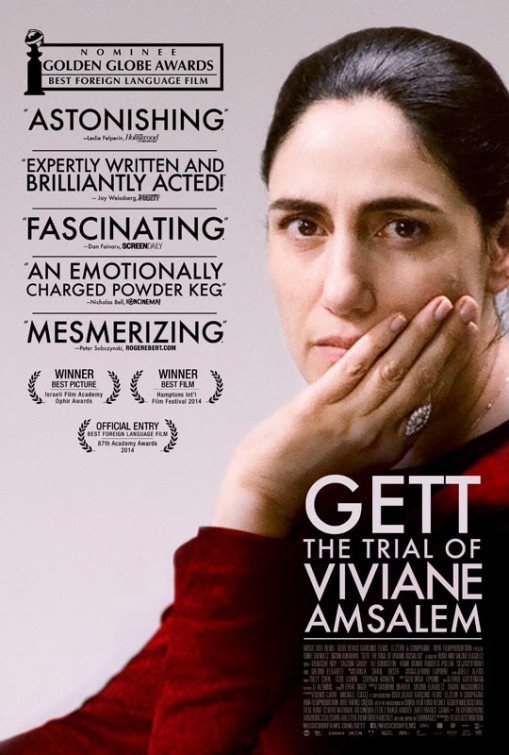

.jpg)



